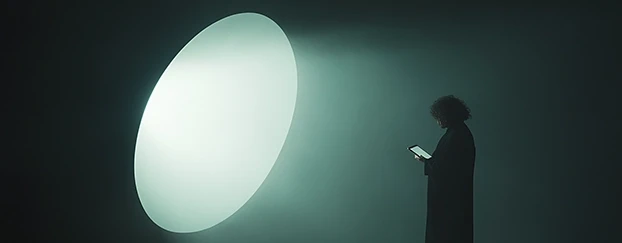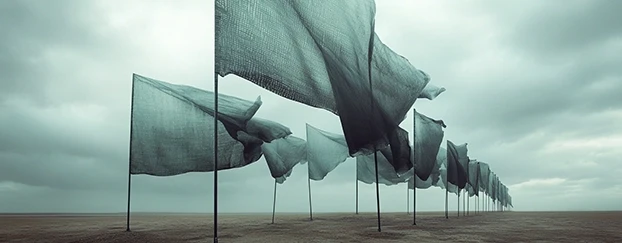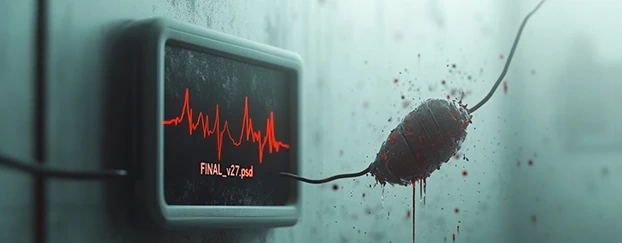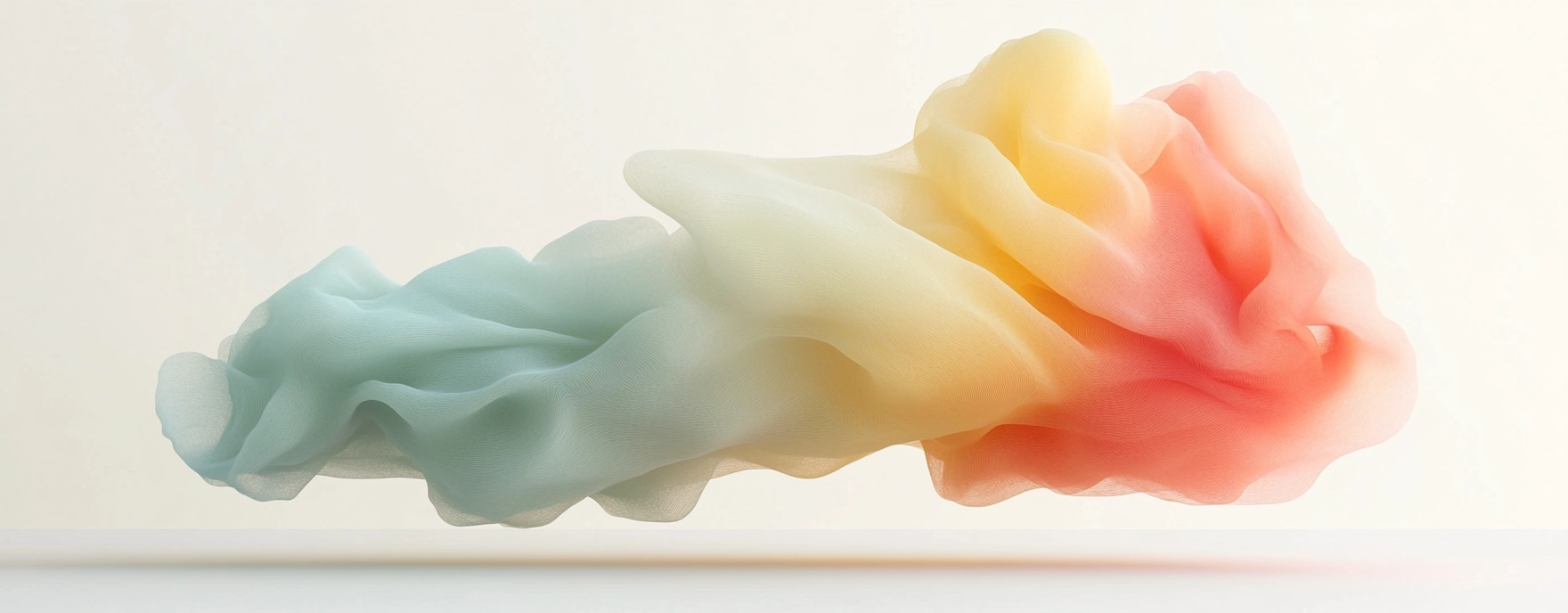 Most designers obsess over contrast and color wheels—but miss the silent killer: emotional mismatch. If your colors send the wrong message, your design fails before a client ever opens your file. Welcome to the Color Trap: the underestimated design villain that wrecks first impressions, conversions, and trust. Plus, grab some free assets to experiment.
Most designers obsess over contrast and color wheels—but miss the silent killer: emotional mismatch. If your colors send the wrong message, your design fails before a client ever opens your file. Welcome to the Color Trap: the underestimated design villain that wrecks first impressions, conversions, and trust. Plus, grab some free assets to experiment.
Why Color Psychology Still Matters
Your design might be slick. But if the color says “playful” when you meant “premium,” your brand promise collapses instantly.
Quick Color Map:
- Blue = trust, calm (perfect for finance, healthcare)
- Red = urgency, passion (great for food, fashion)
- Green = balance, growth (eco and wellness brands)
Sabotage Scenario: Imagine a law firm with a purple and lime green site. No one’s hiring them to write your will.
The Trap: Picking Colors Based on Personal Taste
Designers often fall in love with a palette from a Dribbble post. But clients don’t care about aesthetic vibes—they care about resonance.
Fix This:
- Define brand emotion first
- Choose colors that reinforce that mood
- Use devices and tech mockups to preview tone in real-world scenario

When Trendy Turns Toxic
Muted gradients and “millennial beige” might win on Instagram—but they can kill clarity and make content disappear.
Watch Out For:
- Low contrast between text/background
- Overused TikTok-inspired palettes
- Colors that don’t convert (literally and psychologically)
How to Color Correct With Confidence
You don’t need to guess. Just test. Leverage our search tool or tools like:
- Adobe Color for harmony
- Coolors for combos
- templates to pressure-test palette on deliverables
Visual Test: Does your color scheme still communicate when desaturated?
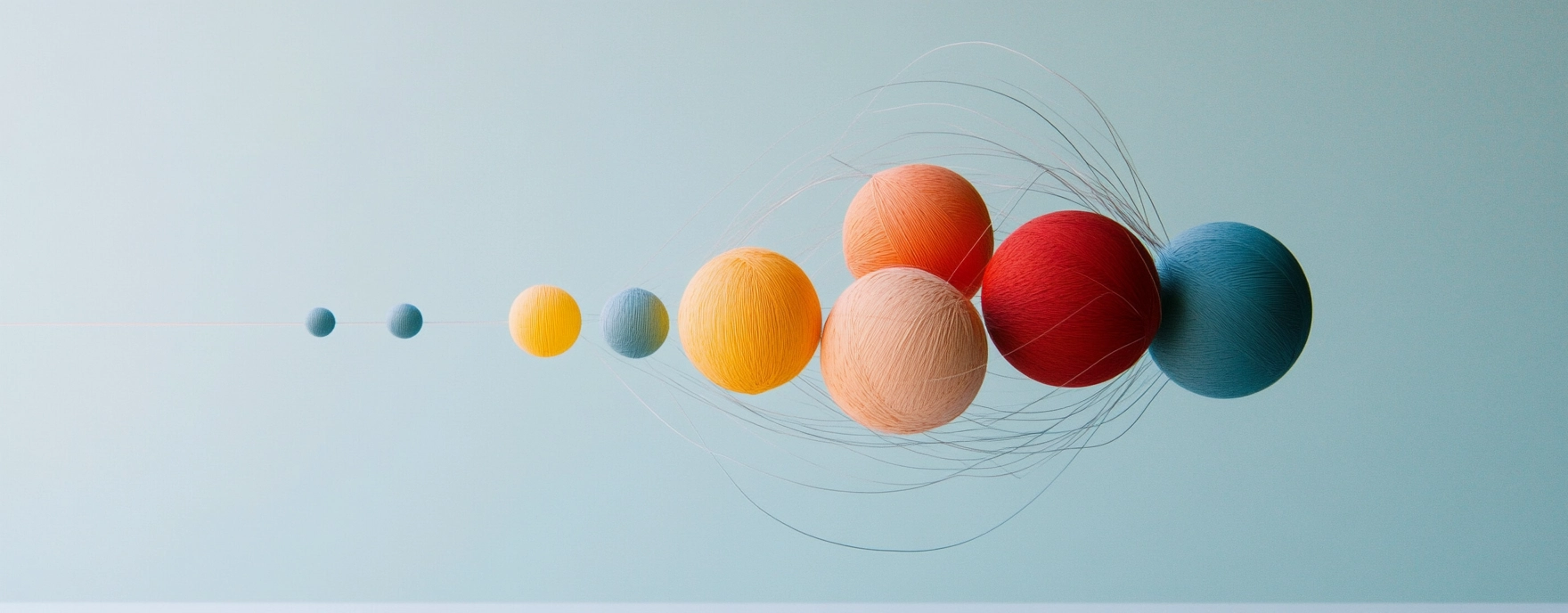
Conclusion: Don’t Let Color Undermine the Message
You’re not painting—you’re persuading. Color is your first handshake with the client. Make sure it’s saying what you mean.

